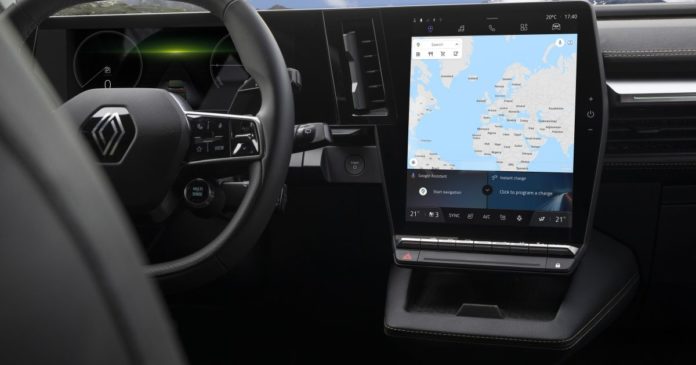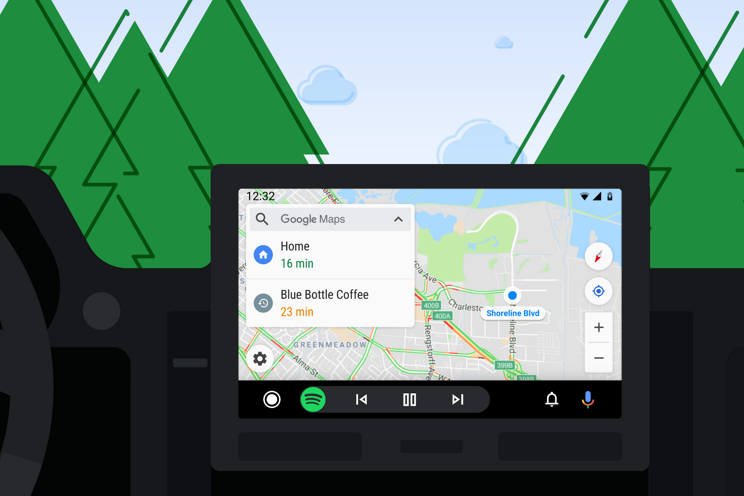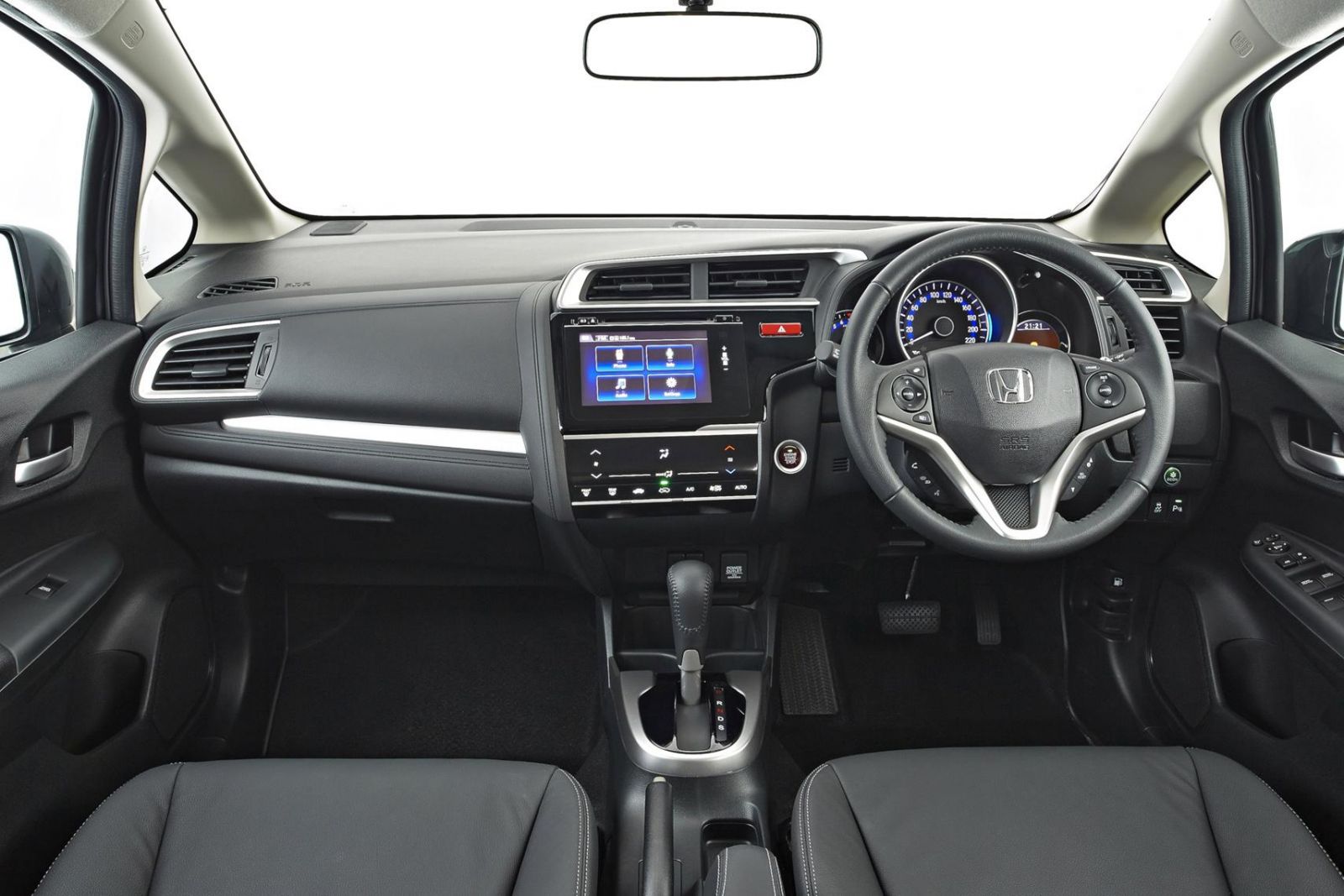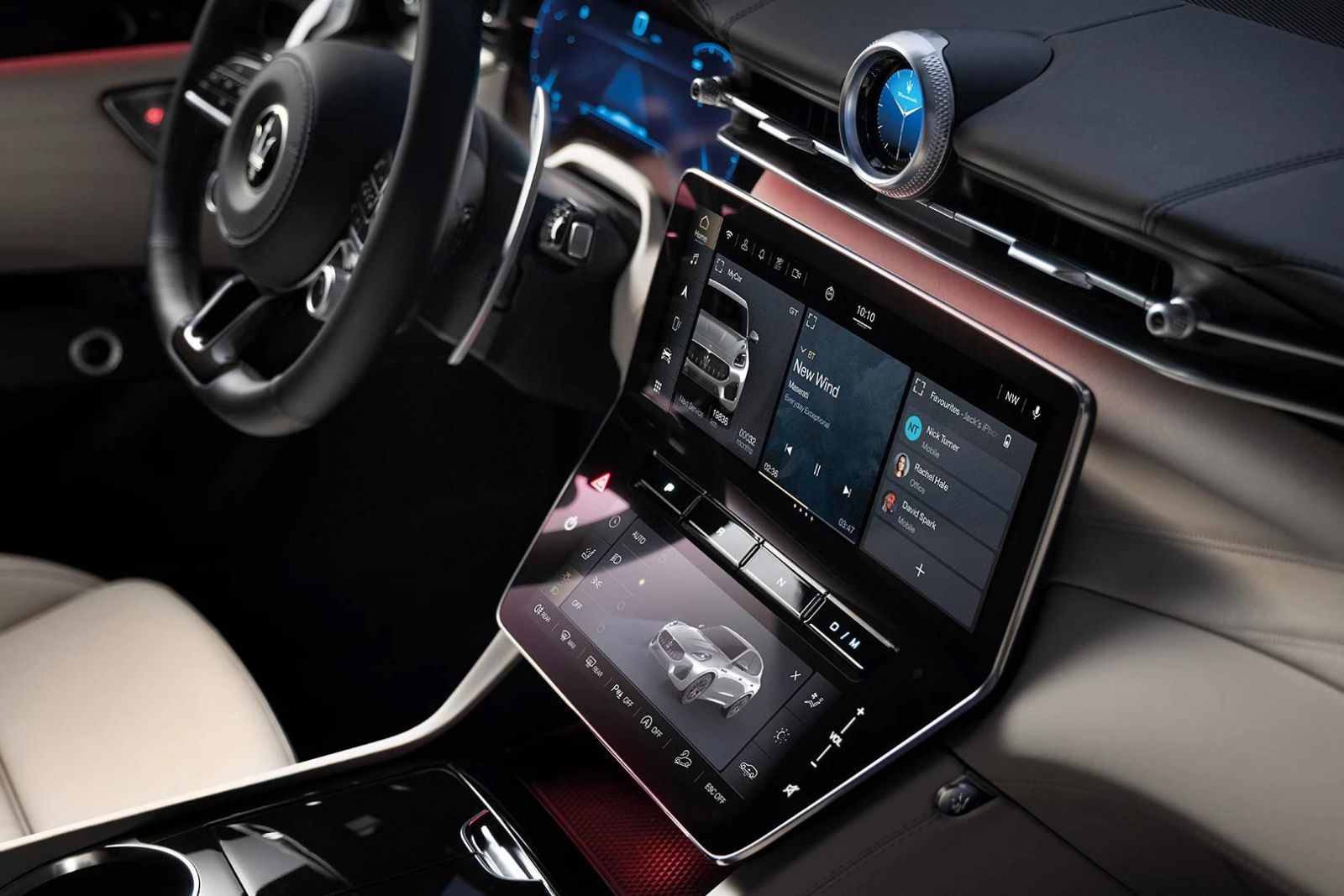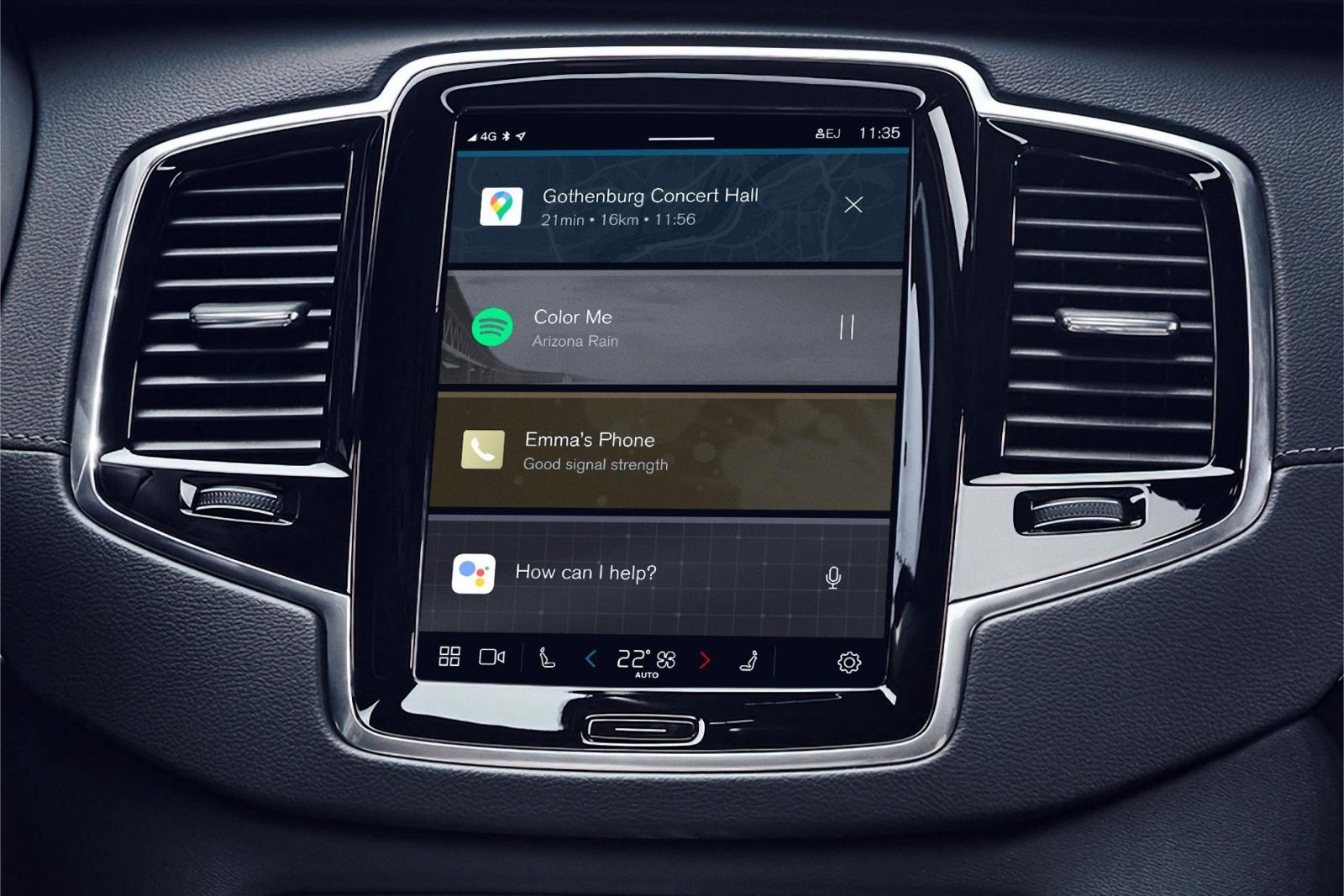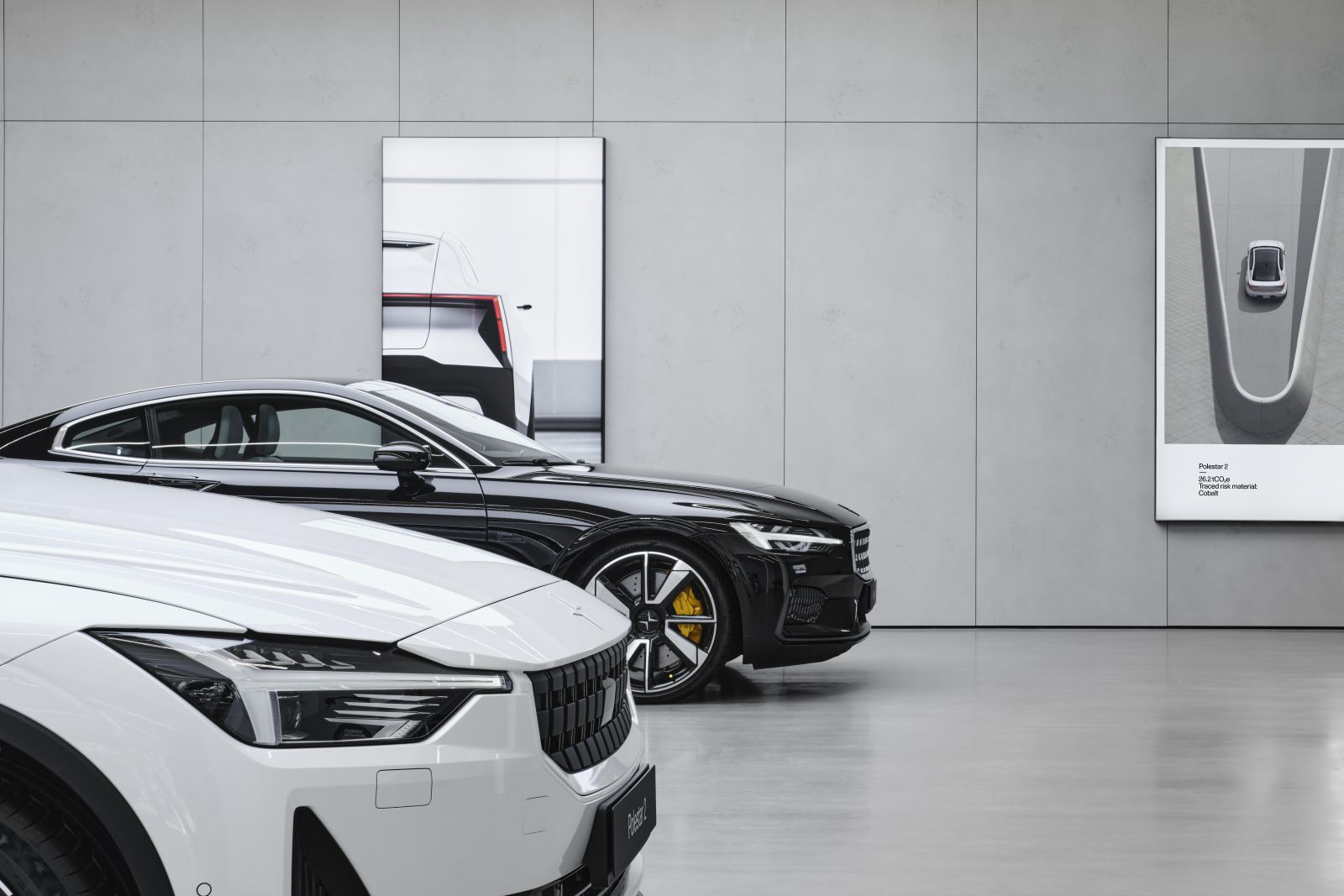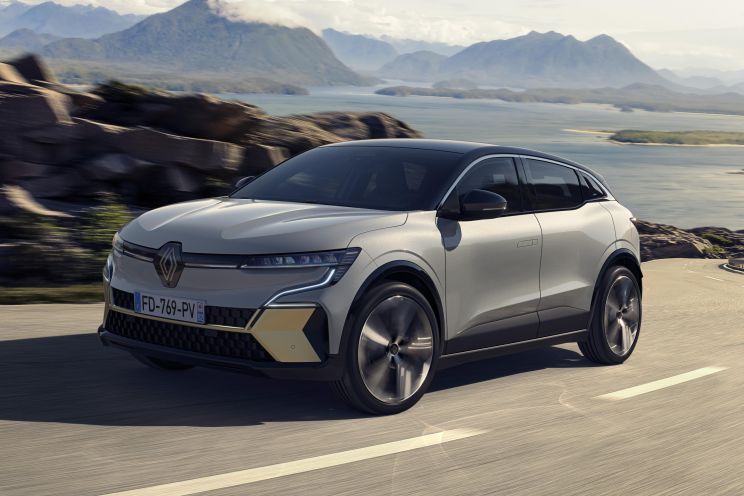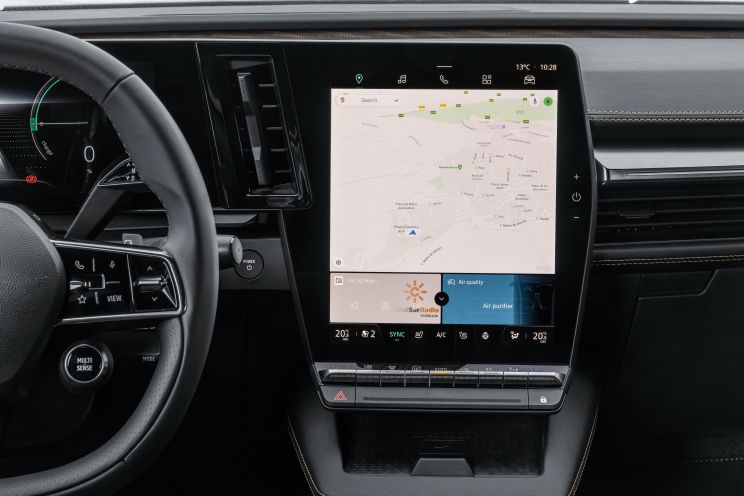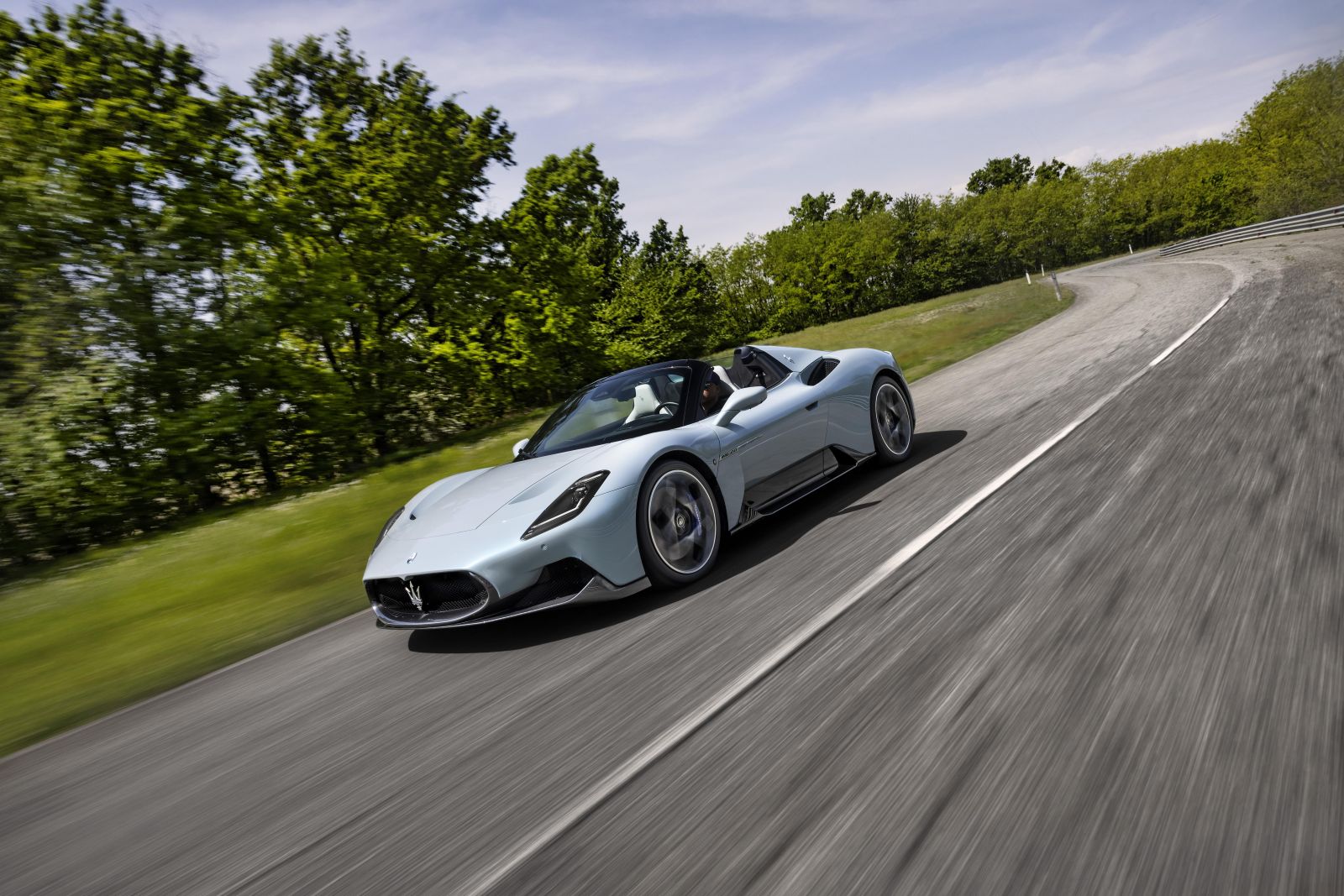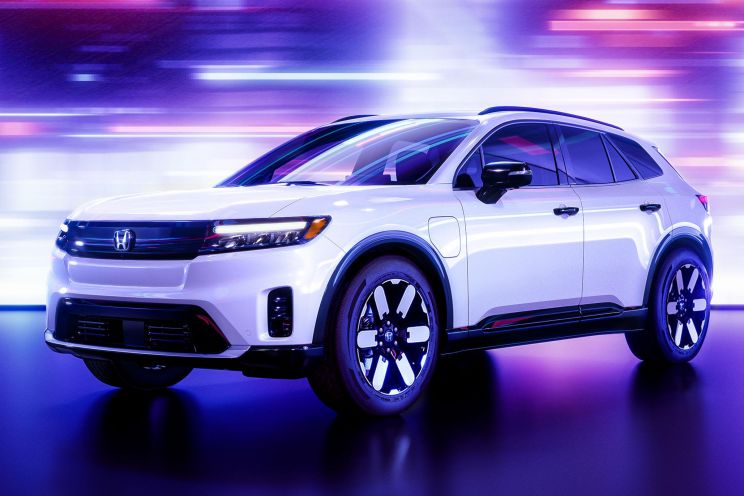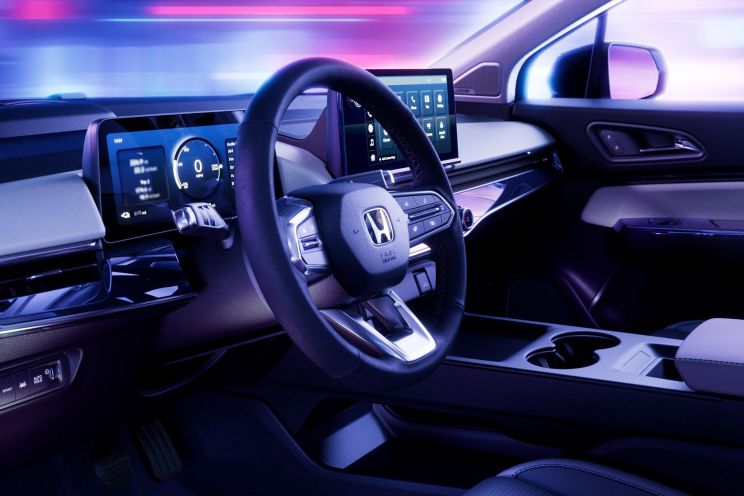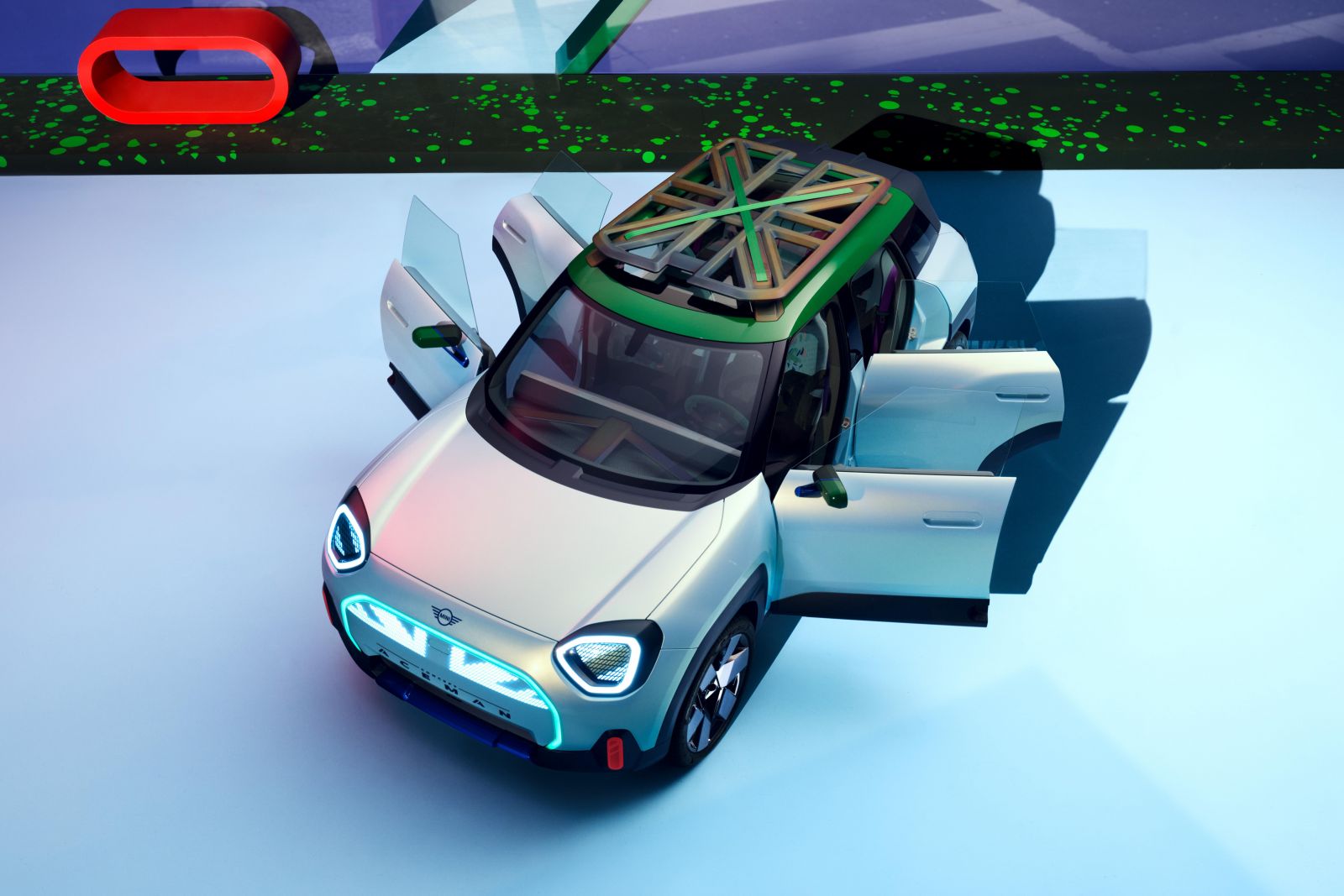In a connected, digital world, infotainment technology is quickly becoming a key differentiator between models and car brands.
For many, the size of interior touchscreens and the functionality and intuitiveness of the software they run are just as important as how the car drives, how it looks, and how reliable it might be.
Android Automotive is one of the latest innovations in the infotainment world. Vehicles with Android Automotive have the capability to natively feature apps and services such as Google Maps and or Google Assistant in the car, with no connected phone needed.
Having Google Assistant built-in also gives it the ability to handle in-cabin tasks such as controlling the air-conditioning, in addition to its usual functionality.
How is Android Automotive different to other Android and Google automotive products?
Google is well-known for launching similar software platforms and services with almost identical names, and so it’s important to differentiate Android Automotive from other Google products for automotive use.
Perhaps the best way to think of Android in the automotive context is to use a cake metaphor.
The Android Open Source Project (AOSP) can be thought of as the base layer of the cake. It acts as the foundation of Android, and is a freely-available version that carmakers have adopted and modified to develop their own infotainment system.
These systems may not have Google involvement or Google support, and it’s likely a carmaker has modified AOSP independently (with what is known as a vehicle hardware abstraction layer) to ensure that it can work with interior functions such as the radio, air-conditioning controls, and other features such as drive modes.
Older Honda models such as the discontinued previous-generation Honda Jazz (in Australia) are examples of this, and carmakers are able to take this base layer and craft their own cake as they see fit.
However, the developers behind AOSP have also decided to include their own reference layer on top of this base as a recipe carmakers can adopt if they don’t want to use the above method.
This layer is an optional software element that allows AOSP to interact directly with vehicle hardware functions with minimal modification needed by the carmaker, and are known as the AOSP automotive libraries.
A carmaker that has opted to use this recipe for their infotainment cake (AOSP with its automotive libraries) is using what Google classifies as Android Automotive.
However, unless the carmaker engages directly with Google, this recipe does not include official Google engineering support.
A cake’s toppings can often be the tastiest and most attractive part, and this is an apt description for Google Automotive Services (GAS) which sits on top of Android Automotive.
GAS is the top layer that includes Google-branded applications such as Google Maps, Google Play, and the Google Assistant. Unlike the previous layers, the GAS toppings are not open-source.
A carmaker must first adopt Android Automotive, and then sign a separate contract with Google to deploy these applications. Another benefit of this approach is official endorsement, and engineering and customer support from Google.
If a car is advertised as featuring ‘Google built-in’, it is likely to be using Android Automotive with the Google Automotive Services toppings.
Much like Android smartphones, another factor to note is Android Automotive (with or without GAS) gives carmakers the freedom to apply their own flavours to the cakes that they bake, in the form of their own user interfaces.
This means that – much like how a Samsung smartphone looks different to a Google Pixel, despite both running Android – Android Automotive in a Renault will have a different look to that running on a RAM truck, or a Volvo.
This gives designers the ability to imbue Android Automotive with the distinct design themes of the specific carmaker they work for.
How does Android Auto compare? Android Auto can best be thought of as a separate dish to the AOSP and Android Automotive cake described above.
Instead of being in-built into a car, it requires an Android smartphone to operate, and works to project a driving-friendly user interface that includes certain apps and services that may be installed on the user’s phone on the car’s main infotainment display.
To confuse matters further, this technically means vehicles running Android Automotive can also support Android Auto.
If the car’s version of Android Automotive also included GAS, however, doing so would be redundant as many of the apps Android Auto can mirror, such as Google Maps, would already be included on board the car.
For more information regarding the differences between Android Automotive and Android Auto, please see our earlier article detailing the differences between them.
Let’s see what’s currently on the market if you are looking for a car equipped with Android Automotive.
Vehicles available with Android Automotive and Google Automotive Services (GAS)
Volvo and Polestar are gradually evolving into distinct brands, but they continue to have a close relationship in sharing parts and platforms within the wider Geely empire.
The Polestar 2 liftback sedan was the first widely-available model in the Volvo and Polestar range to adopt Android Automotive with GAS, and Polestar has confirmed future models, such as the soon to be revealed Polestar 3 SUV, will continue to follow this approach as the basis for their infotainment systems.
Android Automotive also enables Polestar 2 drivers to minimise the time that their gaze is diverted away from the road by integrating Google Maps within the digital instrument cluster.
In the Volvo stable, the electric XC40 Recharge was the first model in the lineup to adopt Android Automotive with GAS. However, all MY23 models in the Volvo range, including 90, 60 and 40 Series models now feature Android Automotive with GAS, replacing Volvo’s previous in-house Sensus Connect infotainment system.
Unlike the 11-inch central infotainment display used in the Polestar 2, Volvo models continue to use a smaller 9.0-inch portrait infotainment screen to display Android Automotive.
Renault previously used the base layer Android Open Source Project (AOSP) only as the basis for its in-house R-Link infotainment system. With new models such as the Megane E-Tech Electric and the Austral SUV, the brand is transitioning to what it calls its next generation OpenR Link infotainment system.
OpenR Link is based on Android Automotive with GAS, and can be displayed through a high-resolution 12-inch portrait infotainment system, that’s accompanied by a 12.3-inch digital instrument cluster at the top end of the range.
Renault claims both screens are highly customisable, with the digital instrument cluster, for example, offering four themes including a minimalist Zen layout.
The Megane E-Tech is expected to launch in Australia towards the end of 2023. Unfortunately, it is currently unclear if, and when, the new Austral SUV will launch locally.
General Motors has also announced a range of new models featuring Android Automotive and GAS. The vehicles most relevant for our market include the 2024 Chevrolet Silverado HD and the GMC Hummer EV, while other models in the GM stable adopting this approach include the Cadillac Lyriq, GMC Sierra, and the Chevrolet Suburban.
Vehicles available with Android Automotive only (excluding Google Automotive Services)
Brands under the Stellantis empire are perhaps the best example of vehicles featuring Android Automotive, but not the familiar Google services (such as Google Assistant) on top.
This includes Stellantis vehicles that use the Uconnect 5 infotainment system, such as the MaseratiGrecale, MC20, GranTurismo, as well as the Chrysler Pacifica and Dodge Durango.
Rather than GAS, Stellantis has opted to use Amazon Alexa as the voice assistant of choice, and TomTom as the mapping provider. Opting out of GAS has also allowed Maserati to more easily include Tidal as the in-built music service provider.
Lucid, currently only available in North America (a European debut is expected shortly), also makes use of Android Automotive without GAS, instead opting to use Alexa as the in-built voice assistant.
Upcoming brands and models
Honda has announced that it will be switching from AOSP only to Android Automotive in the near future, with the brand claiming in 2021 its first vehicles so equipped would launch in 2022.
It is likely that Honda’s implementation will also use GAS, as the brand has confirmed that users will be able to access Google Maps and the Google Play Store.
Likewise, Ford has announced it will adopt Android Automotive with GAS in various models including the F-150 from 2023 production, to underpin its Sync 4 operating system. This marks a significant shift away from Ford’s previous use of QNX.
BMW has also announced that for certain models, it will integrate Android Automotive within its Operating System 8 (also known as iDrive 8) from 2023.
Based on recent news that BMW will also employ Amazon Alexa as the basis for the next-generation of its voice assistant, it is unlikely that BMW’s adoption of Android Automotive will also include GAS.
Sibling brand Mini may also take a similar approach with future models, especially in light of a recent announcement that the Concept Aceman features a circular OLED display running a version of the AOSP.

